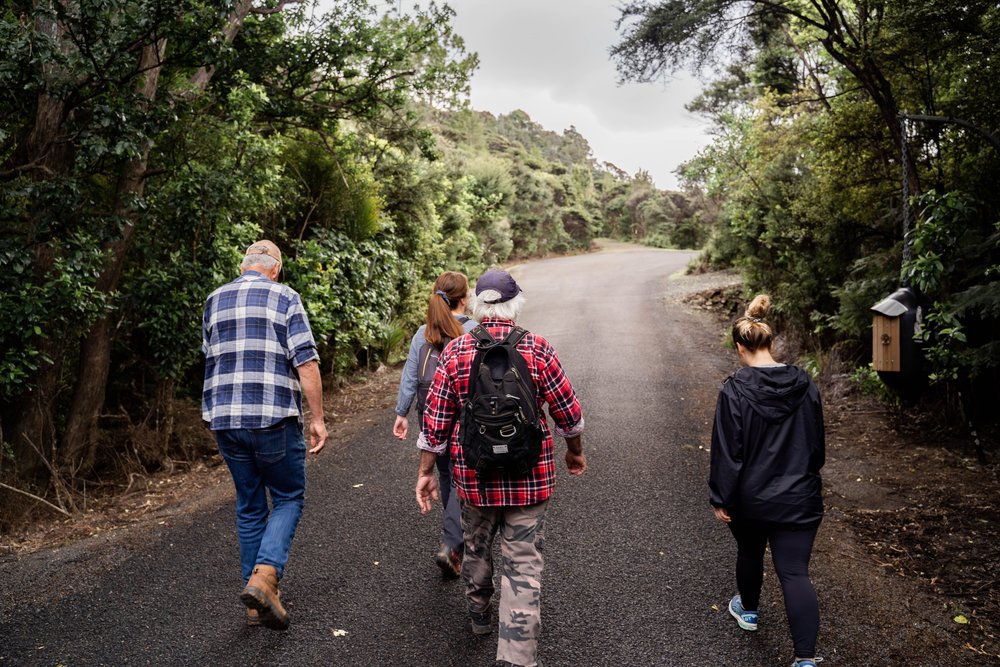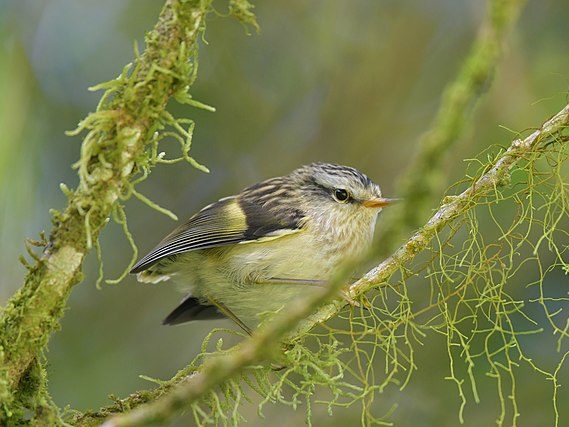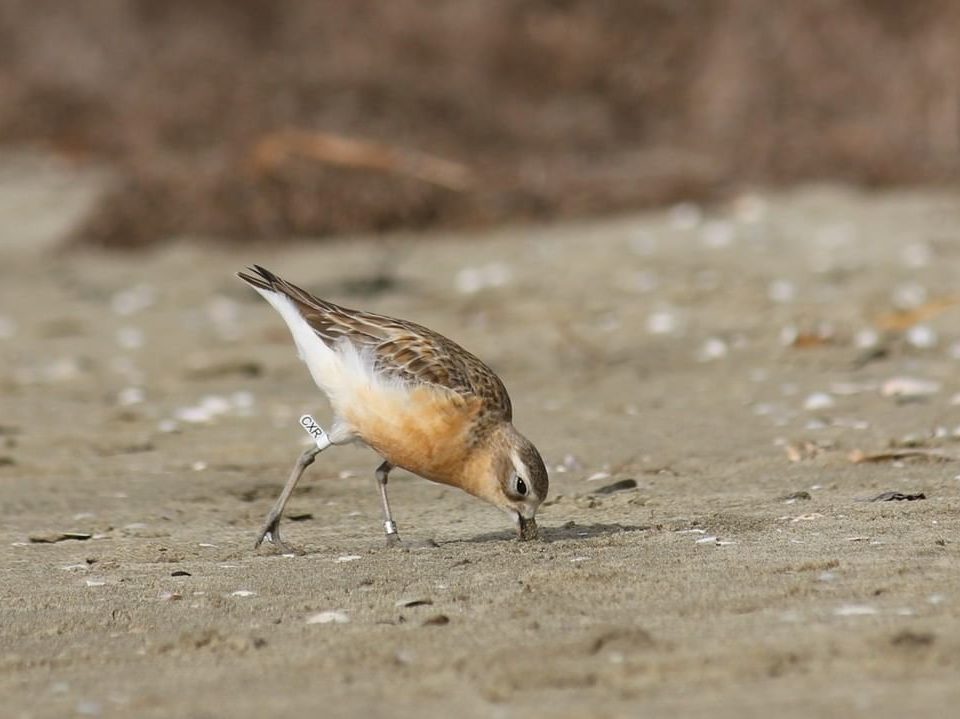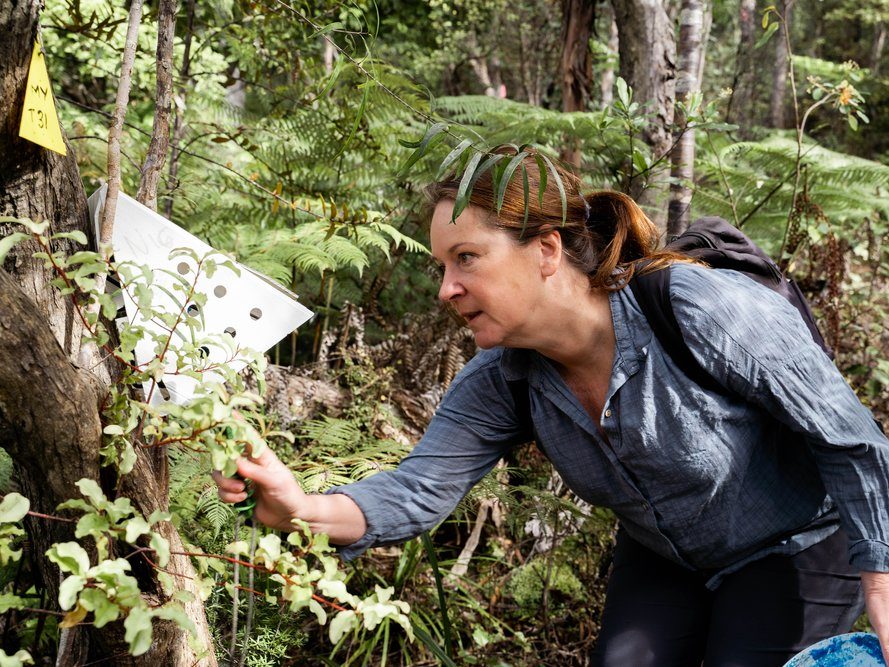Today we’ve awarded $50,000 in funding to 13 Predator Free community groups, which will be used to kickstart new backyard communities and help existing groups expand their progress.

The successful groups span across the length and breadth of the country, with each group looking to utilise their funding in a different way.
Some are creating trapping buffer zones around vital green spaces, some are knocking down booming introduced predator populations and some are filling gaps that will create corridors between predator free zones. And all of them are bringing our country closer to being predator free.
A new group ready to fill a crucial gap – Pest Free Kumeu-Huapai
Target predators: rats, possums and mustelids (stoats, ferrets and weasels)
Number of backyards: 1,100
Newly established Pest Free Kumeu-Huapai are ready to remove their community of introduced predators. And they’re in good company. Nearby suburbs have already established predator free groups — such as Muriwai, Coatsville and Waitakere.
“Kumeu-Huapai is a big gap that has previously had no community trapping efforts at all. We don’t want to be responsible for reinvasions into our neighbours!” says the group’s coordinator, Jeremy Dean.
The group is already building and distributing traps, monitoring their catches and promoting trapping activities. Ultimately, Pest Free Kumeu-Huapai wants to get one in five local dwellings actively trapping.
Are you a local interested in getting involved? Join the Pest Free Kumeu-Huapai Facebook page.
Precious ecosystems protected – Spencerville Predator Control Group, Christchurch
Target predators: rats, possums and mustelids
Number of backyards: 250
Forests, wetlands, rivers and beaches — Spencerville is surrounded by nature. And a new trapping initiative run by Spencerville Predator Control Group (SPCG) will get residents trapping to protect local birds, lizards and insects.
SPCG volunteers are already maintaining council-funded traplines in the local forest and lagoon. The next step? Using this funding boost to extend their trapping efforts into the backyards of Spencerville residents.
Ultimately, this group would like to see at least one in every five households trapping. Residents have already seen local populations of kōtuku-ngutupapa (spoonbills) and korimako (bellbirds) increasing due to council trapping nearby. This initiative hopes to build on this success.
Are you a local interested in getting involved? Email [email protected] to join the effort!
Extending the Zealandia corridor – Predator Free Ngaio, Wellington
Target predators: rats and mustelids
Number of backyards: 600

Predator Free Ngaio is making their neighbourhood safe for the wildlife eagerly venturing out from the nearby Zealandia ecosanctuary.
Already having made some amazing progress in the six years since the group began, 600 Predator Free Ngaio households have trapped nearly 12,000 rats and mice.
But, Predator Free Ngaio has come up against a challenge. The residents that make up their neighbourhood are constantly changing – moving in and out of the area. Predator Free Ngaio wants to protect their progress so far by ensuring new households moving into Ngaio have all the tools and information they need to get involved.
With this funding, Predator Free Ngaio will have sufficient resources such as traps and tunnels to meet demand from any new or changing households.
Are you a local interested in getting involved? Join the Predator Free Ngaio Facebook page.
Trapping making front-page news – Predator Free Marton, Manawatu-Whanganui
Target predators: rats, mustelids and possums
Number of backyards: 2,100
In Marton, catch numbers regularly make it into the local paper – thanks to Predator Free Marton. It’s one of the ways that the group is encouraging their community to embrace the predator free movement.
With their hard work and media-savvy approach, it’s no surprise that the group is growing in number and recognition. Since the group got up and running late last year, they have already registered 95 rat traps in backyards across the township.
With this new boost in funding, Predator Free Marton is now able to really ramp up their efforts. The group is working towards a goal that will see a rat trap in one of every five Marton households. They’re also planning to offer possum and mustelid traps that will be available to the community on an ‘as required’ basis.
Are you a local interested in getting involved? Join the Predator Free Marton Facebook group.
Creating a predator-free shoreline – Snells Shoreline Conservation Community, Auckland
Target predators: rats and mustelids
Number of backyards: 1,700

Birds living on Snells Beach can breathe a little easier. Early last year, Snells Shoreline Conservation Community (SSCC) began a backyard trapping initiative with locals. They’re helping their community rid their beach of rats, mice and mustelids to help protect and improve the Snells Beach ecosystem. SSCC hope it’ll lead to more enjoyment for all – local birds and people alike.
SSCC would like to see a trap in one of every five backyards in their neighbourhood – a dream they’re working to make a reality with their Predator Free New Zealand Trust funding. The group plans to use the financial support to get traps into the hands of Snells Beach residents.
Ultimately, SSCC would like their work to link with other predator free projects happening along the coastline with the big picture goal of a Predator Free Mahurangi Peninsula.
Are you a local interested in getting involved? Join the Snells Shoreline Conservation Community Facebook page.
A safe haven at the river’s end – Predator Free Te Awamutu, Waikato
Target predators: rats, mustelids and possums
Number of backyards: 4,600
Maungatautari and Pirongia are two of the Waikato’s most spectacular maunga (mountains). Large-scale predator control efforts are well-established on both mountains, resulting in rich and thriving biodiversity.
Now, a project is underway to create an ecological corridor between the waterways which flow from the two maunga – the Mangapiko and Ngāparierua streams. And Te Awamutu (meaning ‘the river’s end’ in te reo Māori) is at the centre of this corridor.
Predator Free Te Awamutu is getting locals backyard trapping with the hope of protecting native species that move through the corridor and find habitat within the corridor. While the group recruits more locals to get involved, this funding boost will go towards getting them well-supplied with traps, tunnels and lures.
Are you a local interested in getting involved? Join the Predator Free Te Awamutu Facebook group.
Tackling North Coromandel’s booming stoat population – Habitat Tuateawa
Target predators: rats, possums and mustelids
Number of backyards: 150
Habitat Tuateawa has a 24-year history of trapping in the area. Thanks to their dedicated efforts, the region is home to a robust dusk and dawn bird chorus. In fact, it’s a tremendous source of local pride that countless visitors travel to Tuateawa just to see and hear birdlife.

However, a recent boom in stoat sightings has led to growing concerns that years of hard work may now be in jeopardy. With their newly granted funding injection from Predator Free New Zealand Trust, the group is now confident they can significantly ramp up their efforts – and say goodbye to their unwanted stoats.
The group will use the funding to build on existing community support and increase trap coverage within the Tuateawa settlement. Their goal is to have a trap in one in every three backyards and to establish a trap library.
The group says the funding will have other benefits to the local community – in addition to ridding the area of stoats and other introduced predators.
They believe that enhanced dialogue with landowners through their expanded backyard trapping programme will lead to a more connected community. Because now neighbours have an important reason to talk and get to know each other.
Are you a local interested in getting involved? Join the Habitat Tuateawa website.
Getting together to talk trapping – Predator Free Matamata, Waikato
Target predators: rats, mustelids and possums
Number of backyards: 8,000
From iwi to schools, Predator Free Matamata is engaging with as many locals as possible to get their community backyard trapping.
They have even established a monthly predator free meeting for the community to get together and discuss matters from best trapping procedure to troubleshooting any issues.
Some Predator Free Matamata members are already building trap boxes which the group is selling at-cost to residents keen to start trapping. This funding will help to boost the group’s progress and get more trapping resources into the backyards of keen locals.
Are you a local interested in getting involved? Join the Predator Free Matamata Facebook group.
East Mohua locals are invited along to Trapping 101 – Friends of East Mohua, Tasman
Target predators: rats and mustelids
Number of backyards: 450
Many Golden Bay residents already share a predator free vision with other trapping networks across the area. But, Friends of East Mohua want to support predator control in the eastern part of Golden Bay by getting keen locals involved in backyard trapping.
A trapping specialist from Tasman Environmental Trust, Elaine Asquith, has even been helping to run trapping workshops for Golden Bay residents. She’s sharing her knowledge with locals on trap placement, maintenance, monitoring and more.
With this funding, Friends of East Mohua now have the resources to expand on their work and would like to double their membership by the end of the year. So, are you a local interested in getting involved? Email group leader Chris [email protected] to join the effort!
Creating a protective halo around Eskdale Reserve – Eskdale Backyard Trapping, Auckland
Target predators: rats and mustelids
Number of backyards: 1,000
They might be a brand-new group but Eskdale Backyard Trapping has their sights set on making their neighbourhood safe for native species. The community surrounds the Eskdale Reserve which is actually a network of five interwoven reserves.
Described as a reserve with high ecological importance, this group is keen to work together as guardians to protect the area. With a significant project ahead, group leader Sarah believes that getting the community trapping will unite them with a common goal.
Are you a local interested in getting involved? Email group leader Sarah [email protected] to join the effort!
Protecting Christchurch’s only remnant podocarp forest – Predator Free Riccarton
Target predators: rats, possums and mustelids
Number of backyards: 6,627
A new group in Riccarton will use their funding to protect green spaces and biodiversity hot spots – including Riccarton Bush, Christchurch’s only podocarp forest. The remnant forest is home to several native species of bird, lizards and trees – including around 400 kahikatea trees, some of which are around 600 years old.
A groundswell of support has been growing in Riccarton, with residents seeing rats and other pest species in their yards, and has led to growing concern the problem is overflowing into neighbouring forests. The Predator Free Riccarton group aims to use backyard trapping as a much-needed buffer zone for these vital green spaces.
A Predator Free 2050 goal requires many people trapping over a long period of time. So, how do you keep traps in one spot with a highly transient population? As one of New Zealand’s student capitals, the group already has a plan to keep long-term trapping in place.
The group is going to employ a system where they work with landlords to ensure all future tenants are required to maintain the trap through their rental agreement. The landlord would provide the tenants with training about how to safely set the trap and the contact details for Predator Fee Riccarton, if they need assistance.
It may even provide an extra selling point for landlords, who can promote their abode as being a “predator free flat”.
The newly formed group has already made some knowledgeable friends, with support and mentorship coming from existing groups Predator Free Port Hills and Dunedin City Sanctuary.
Are you a local interested in getting involved? Join the Predator Free Riccarton Facebook group.
Trapping Leaders set to hit the streets in Picton – Picton Dawn Chorus
Target predators: rats, possums and mustelids
Number of backyards: 1,000
Established predator free group Picton Dawn Chorus has been working to establish a predator-free halo around the Kaipupu Wildlife Sanctuary for a number of years.
They’re now looking to use their newly awarded funding to expand into more households throughout the region. And they will be trialling a Trapping Leader pilot programme to drive this growth.
The basis of the pilot programme involves appointing a Trapping Leader to geographically important neighbourhoods. The selected neighbourhoods will be close to undeveloped bush, which means there’s great potential for successful trapping in the area.
The Trapping Leader will visit residents in their homes to discuss what traps would work best for their property. Once the best type of trap is determined, the resident will be given the opportunity to purchase traps at a rate subsidised by the Picton Dawn Chorus.
The Trapping Leader will be available to show residents how to set, check, clear, and reset traps, and submit catch data, or the Trapping Leader do this for them.
Are you a local interested in getting involved? Join the Picton Dawn Chorus Facebook group.
Enhancing Henderson’s bird corridor – Birdsong Opānuku Trust
Target predators: rats, possums and mustelids
Number of backyards: 150
North Island kōkako, miromiro (Tomtit), toutouwai (North Island robin) and North Island popotakea (whitehead). These are a few of the beloved native birds that traverse the predator free corridor created by the Birdsong Opānuku Trust. Through backyard trapping, the group has created a safe route of passage for endangered native birds from the Ark in the Park mainland sanctuary into Henderson (Opānuku).
Thanks to the group’s newly awarded funding, they’re now confident they can expand their operations, and help more of their community control introduced predators.
With this injection of funds, the group will be reaching out to residents with houses that neighbour mature bush – contacting them through flyers and door knocking.
Through discussions with these homeowners, they’re looking to use monitoring tools to determine the best traps to use, and help residents get set up. The group also has volunteers to clear traps for residents who can’t or don’t want to undertake this maintenance.
Are you a local interested in getting involved? Join the Birdsong Opānuku Trust Facebook group.

